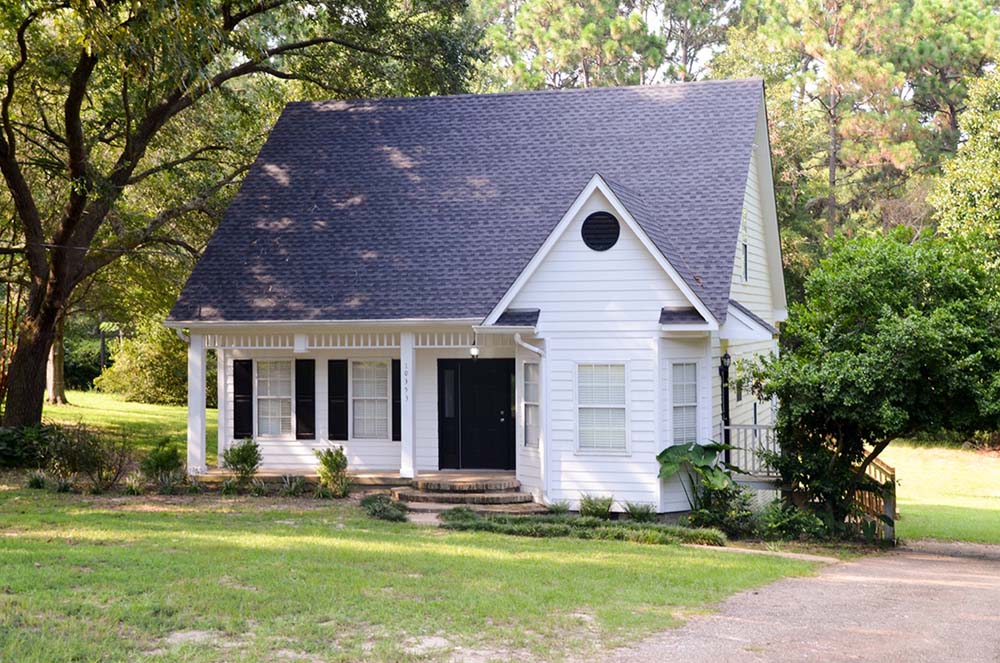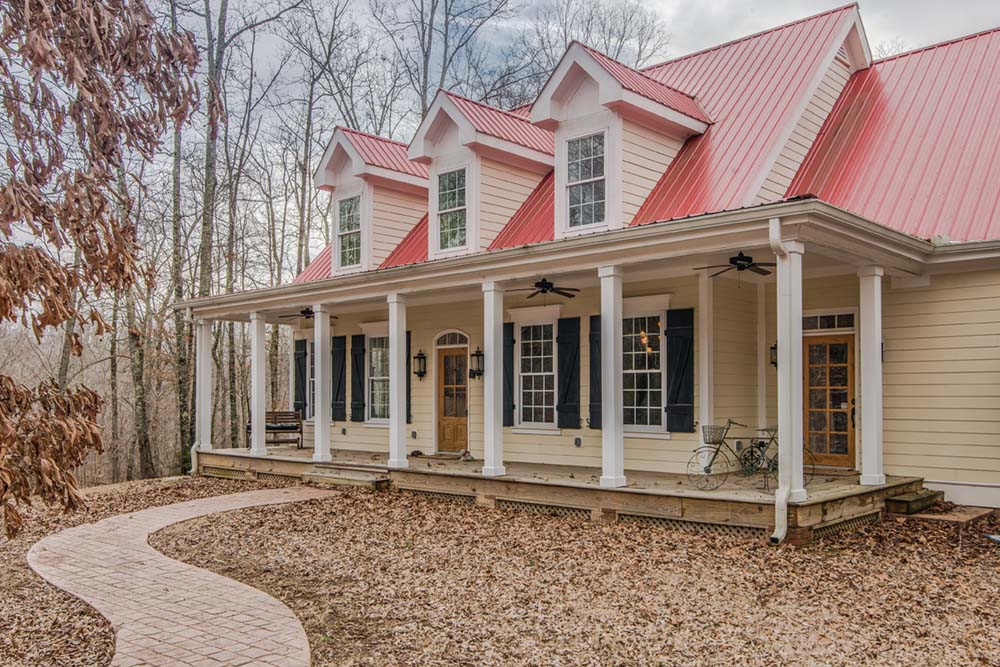Built to last from extremely durable materials, your home’s roof probably receives scant attention - until there’s a problem.
It's best not to wait until water pours through the ceiling to educate yourself about roofing essentials. For first-time and long-time homeowners alike, this guide is key to researching a roof replacement and extending its lifespan through proper maintenance.
Material matters
The right roofing material should be both complementary to your home’s architectural style and appropriately suited to your climate. Selecting the best material is the first step to ensuring a long life and sidestepping costly repairs down the road.
- Asphalt shingles are durable, easy to install, available in a variety of colors, the least-expensive roofing option - and, unsurprisingly, the most commonly used material in the U.S. Some even incorporate zinc or copper granules to prevent algae growth, which can be a problem in more humid climates. An asphalt roof typically will last about 25 years or more.

Courtesy of Zillow Digs.
- Wood shingles and shakes remain a centuries-old popular choice in the Pacific Northwest and Western U.S. regions. While shingles are uniformly machine-sawed, handmade shakes offer a more rustic exterior. Although a factory-applied treatment can make the wood fire-resistant, some municipal fire codes still forbid use of this material. Twice as pricey as asphalt, a wood roof also has a life expectancy of 25 years.
- Tile, clay, and cement are extremely durable, fire-resistant roofing materials. Most often seen covering the tops of Spanish-style homes in the Southwest, they are also expensive - at least triple the cost of asphalt. Expect any of these sturdy materials to last 50 to 100 years, however.

Courtesy of Sennikoff Architects.
- Slate is heavy, natural stone that is among the most durable of all roofing materials, lasting 100 years or more. This also makes it the most expensive, costing 12 to 20 times the price of asphalt.
- Aluminum, steel, and copper boast many advantages: durability, light weight, weather resistance, and fire resistance. Popular for flat or low-slope roofs, they can be pressed or molded to simulate other types of roof coverings, including shingles and tile. Metal roofing costs about the same as tile, clay, or cement, and will last about 35 years.

Courtesy of Zillow Digs.
- Synthetic, polymer, or composite roofing materials simulate various traditional roof coverings, such as slate or wood. These man-made options tend to be lightweight, durable, and comparable in price to asphalt. With minimal maintenance, they can last up to 50 years.
Installation extras
Whatever material you choose, you’ll also want to install a few safeguards to avoid potential damage-inducing problems.
One of the most critical factors in ensuring the longevity of a roof is proper ventilation. Without it, heat and moisture can build up under the roofing, causing structural damage or rot. Installing louvers, roof vents, and soffit vents may help prevent these issues.
Another disaster to avoid: leaks. Flashing, a metal sheathing material, will go underneath your roofing of choice at the points where different materials meet, like around a masonry chimney, skylights, or vents. Double-down on leak prevention by making certain that the joints are staggered and materials overlap adequately.
Maintenance musts
Considering your area's climate when you’re picking out a new roof won't be the last time you think about the weather in regard to your structure.
The elements directly affect the performance and lifespan of any roof. Rain water can seep underneath roofing materials and cause the underlying roof deck to rot. Come winter, ice dams along the roof overhang prevent proper drainage into the gutter and can lead to leaks. Even strong winds can lift the edges of roofing materials and actually break off shingles.
If you haven't already, start a regular inspection - annually and after every major storm - to catch small problems before they turn into big headaches. When surveying, watch out for the following warning signs:
- Any shingles that don't lie flat against the roof. Cracked, curling, damaged, or buckling shingles are sure signs that repairs are in order.
- Droopy, sagging areas of the roof. This could indicate moisture damage or rot in the underlying decking, which may need to be replaced to prevent further damage.
- Shingle granules in the gutters and downspouts. A roof that is losing a lot of granules may be at the end of its useful life.
Fortunately, a few damaged shingles or a small leak isn't necessarily a cause for sleepless nights. A roof that was properly installed within the past 15 or 20 years may simply need some repairs, rather than a full replacement. When in doubt, contact a licensed roofing contractor to get a professional opinion.
Related:
- 4 DIY Tips for Boosting Curb Appeal
- Regain Your Garage: Simple Tricks for Getting Organized
- Suds and Duds: Laundry Room Maintenance 101
from Zillow Porchlight | Real Estate News, Advice and Inspiration http://www.zillow.com/blog/choose-keep-long-lasting-roof-191054/
via Reveeo
No comments:
Post a Comment